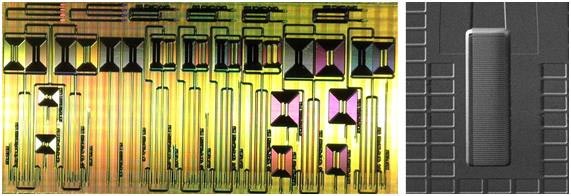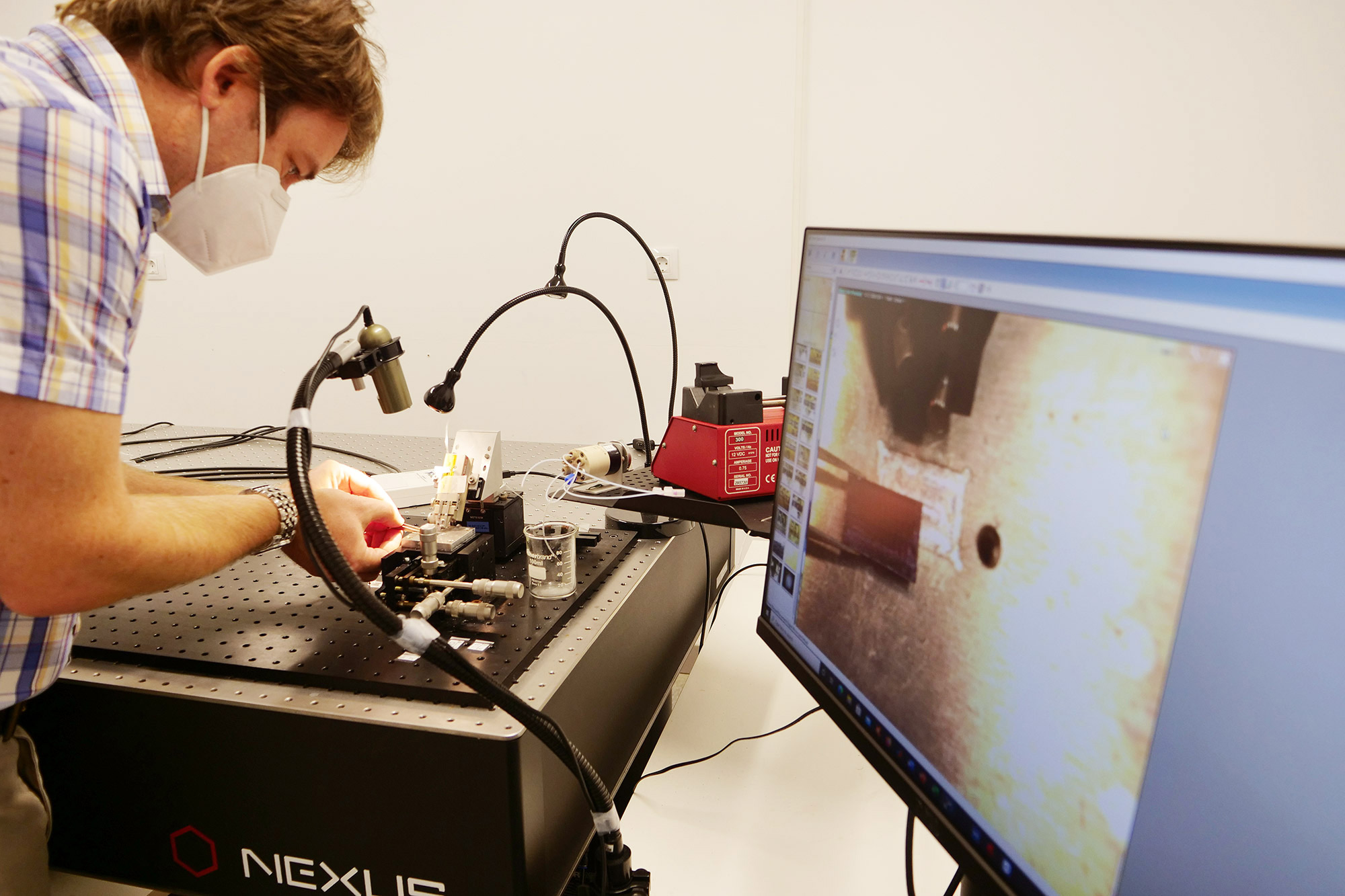Scientists from the University of Malaga are working on a new system based on photonic sensors that could enable the early detection of SARS-CoV-2. Photo credit: University of Malaga
Scientists are working to develop new devices that are more functional, cheaper, and could be used in primary health centers.
Detect SARS-CoV-2 Virus and related antibodies is important to control COVID-19 Pandemic. A multidisciplinary team of scientists from the University of Malaga, led by Robert Halir, researcher at the Telecommunications Institute of Technology, aware of the limitations of current technologies, is developing a point of care detection system based on photonic sensors .
“PCR techniques currently used to detect the virus are reliable but also slow and expensive, while serological tests, while simpler, are not precise and cannot provide quantitative results,” says Robert Halir, who explains, that your system expands the functionality precisely and in the future could offer real-time results at a lower cost. To this end, it was funded with EUR 95,000 from the Andalusian Government’s COVID-19 fund to work for a year to demonstrate the viability of their system.

The left picture shows an optical microscope of the chip, which is about 1 cm wide and contains about ten sensors. The right picture shows an electronic microscope of the infrastructure with which light is injected into the 10 micrometer wide chip. Photo credit: University of Malaga
The project was proposed by the Andalusian Center for Nanomedicine and Biotechnology (BIONAND) and is based on the collaboration of two research and development groups of the UMA: the “Laboratory for Biomimetic Dendrimers and Photonics” and the “Laboratory for Photonics and Radio Frequency” under the direction of Professors Ezequiel Pérez-Inestrosa and Íñigo Molina-Fernández, both members of the Biomedical Research Institute of Malaga (IBIMA).
The research team already has a real prototype of a photonic chip-based sensor system and a measuring device that can detect proteins in very low concentrations – inflammation and antibody biomarkers in patients who are allergic to antibiotics. The prototype has been developed over the past four years and provides quantitative results in minutes. In fact, this is the sensitivity of the system, which can detect changes in the index of refraction of a hundred millionth.
This multidisciplinary project aims to adapt the system for the detection of SARS-CoV-2 and its antibodies and to optimize and lower the price of the measuring device. To this end, they will be working on two lines: further improving the optical sensitivity of the sensor and developing chemical protocols so that only a specific protein that expresses SARS-CoV-2, or possibly the antibodies against such a protein, adhere to the surface of the Waveguide. “If the results are satisfactory, we can develop a fully functional point-of-care device in the future that can be used in primary health centers,” says Halir. According to the researcher, the cost reduction compared to PCR testing would be significant since these tests could be performed directly by primary care practitioners, saving the cost of processing in specialized laboratories and also the time frame for the results obtained in a fraction of an hour.
On the other hand, with regard to serological tests, the advantage would be the ability to detect lower levels of antibodies and also to determine the exact number of antibodies that a tested person has. “If we succeed, we believe that a commercial prototype could be developed in the near future,” says the UMA researcher.
Video (in Spanish):



